Unfortunately, Namibia will have to do without two major celestial events in March. The total lunar eclipse on 14 March will only take place after the moon has already set. The partial solar eclipse on 29 March cannot be observed from Namibia either (see TimeAndDate.com).

Instead, the planet Mercury can be observed in the evening. A rare event. This is because the innermost planet of our solar system is located in front of or behind the sun as seen from Earth. Or it is so close that the sun outshines it. The 'messenger of the gods' can only be seen for the first few days in March – and then only faintly.
On 1 March, Mercury can be found close to the setting Sun low in the west, to the left of the Moon, which appears as a thin crescent. Venus is a little further to the right.
Mars is still high in the sky in the constellation Gemini in the north and sets at around 2.00 am. Jupiter is to the left of Mars in Taurus. Uranus can be found even further to the left, but only with a telescope. It is now to the left of the Pleiades in the northwest.

Saturn and Neptune practically rise and set with the sun. Therefore they are not visible (see TimeAndDate.com; location: Windhoek).
When day and night are (almost) the same length
Autumn begins in Namibia on 20 March. The reason: the sun is at its zenith over the equator at noon on 19, 20 or 21 March every year. From then on, its midday zenith point 'wanders' further north. In the northern hemisphere, the days become longer (more precisely: the time span of daylight), in the southern hemisphere shorter.
When the sun appears to cross the equator, this is also known as the equinox (Latin prefix 'equi' = equal, 'nox' = night). However, the day on which day and night are actually the same length depends on the longitude of the respective location. In Windhoek, this is only the case on 25 March.
The moon phases in March:
first quarter 6/03, full moon 14/03, last quarter 22/03, new moon 29/03. At the beginning and end of March, the moonlight is therefore the least disturbing when observing the stars and planets.
You can find out more about the Namibian starry sky in March in the Astro-News by Lutz von Dewitz in the news section on the website of the Namibia Scientific Society.
An exciting additional topic of the Astro-News this time is the asteroid 2024 YR4. After its discovery in December 2024, astronomers feared that it could collide with Earth at the end of 2032.
The National Aeronautics and Space Administration (NASA) has since given the all-clear, but as explained in the Astro-News, uncertainties remain...
Sven-Eric Stender


SUBMIT YOUR COMMENT